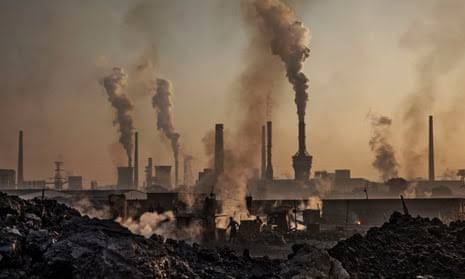Saudi Arabia produced the third highest amount of crude oil and condensate in 2022, churning 10.4 million barrels per day of crude oil, 14 percent higher than 9.1 million barrels per day the year before, the country’s production of liquid fuel also increasing by 12 percent to 12.1 million per day, from 10.8 million barrels per day the year before.
In the United States, domestic oil production hit an all-time high a few days ago, with the figure reaching 13.2 million barrels per day, passing the previous record set in 2020 by a whopping 100,000 barrels, as weekly domestic oil production doubled from the first week of October 2012 till today.
In 2022, crude oil production from the Organisation of Petroleum Exporting Countries (OPEC) hit roughly 34 million barrels of oil per day, up from 31.7 million barrels in the previous year, with figures increasing by nearly 3.2 million barrels of oil per day between 1998 and 2022, peaking at 37.5 million barrels per day in 2016.
The situation with Saudi Arabia, the United States, and OPEC countries follows the same trend in many oil-producing nations, and this accounts for world output to reach a new rise in September, led by higher production from Nigeria and Kazakhstan, as experts forecast global output to rise by 1.5mb/d and 1.7mb/d in 2023 and 2024, respectively.
Last year, Saudi Arabia consumed 3.6 million barrels of total liquid fuel, nearly 40 percent of the entire Middle East, garnering a reputation as the largest per-capital-consuming country in the world, not including countries such as the Netherlands and Singapore.
The United States emulated Saudi Arabia about crude oil consumption in the last year, gulping 19.1 million barrels of oil daily, a rise of 1.9 percent from the figures of the previous year, maintaining its position as the country with the highest oil consumption in the world.
Between 1998 and 2021, oil consumption rose by more than 10 million barrels per day in China, but even with the quantity amounting to 14.3 million barrels per day in 2022, down from 14.9 million barrels daily in the previous year, China follows the United States as the second highest oil consuming nation in the world.
With nations such as Saudi Arabia, China, and the United States consuming so much oil, it stands to reason that the world’s production levels show astronomical increases year-in-year-out, especially with numerous countries also increasing their demand for crude oil.
Temperatures rose above the global average in nations such as Saudi Arabia, Kuwait, Oman, Iran, and the United Arab Emirates, climbing above 50 degrees Celsius in 2021, with large areas of the countries predicted to become inhabitable by 2100.
The United States experiences more heat waves, extreme precipitation, larger wildfires, and water scarcity than at any other time in its history, with the nation warming by 1.4 degrees Celsius since 1970, getting its hottest-ever decade in record from 2010 to 2019, while the average temperature in almost all of its regions increased in the last 120 years.
OPEC nations also encountered more heat waves, extreme precipitation, and water scarcity, with Ecuador for instance hitting an observed average temperature rise of 1.4 degrees Celsius, with maximum temperature increasing by 2.0 degrees Celsius and minimum increasing by 1.1 degrees Celsius in Galapagos Island, while Nigeria faced the challenge of floods that killed at least 662 people, injured 3,174, displaced about 2.5 million people, and destroyed over 200,000 houses in 2022.
Experts say the rising extreme weather events in the United States, Saudi Arabia, and OPEC nations – as well as other nations in the world – arrive from the astronomical increases year-in-year-out in the consumption and production of fossil fuel, accounting for over 75 percent of global greenhouse gas emissions and nearly 90 percent of all carbon dioxide emissions.
As the greenhouse gas emissions blanket the earth, they trap the sun’s heat, leading to global warming and climate change, which has led to the world losing its species at a rate greater than at any other time in recorded history, with one million species at the risk of becoming extinct within the next few decades and environmental factors taking the lives of around 13 million people yearly.
Fossil fuel production brings carbon emissions. Carbon emissions bring about climate change.
Climate change brings about the loss of species. The loss of species could bring the demise of humans.
Is it not time to bring down the level of fossil fuel production, so climate change can be slowed down?
By Adetokunbo Abiola








